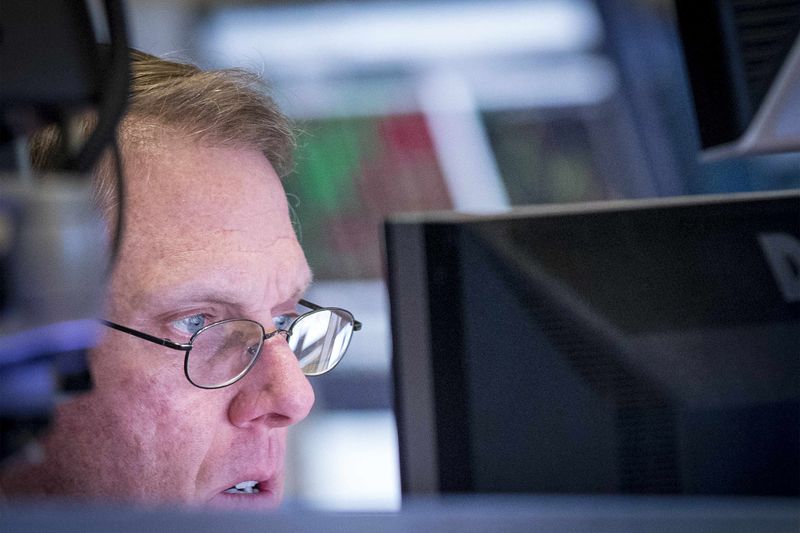Benzinga - by Neil Dennis, Benzinga Staff Writer.
Thursday’s headline number in jobs growth — 199,000 in November, beating expectations of around 180,000 — appeared to take the shine off hopes for a raft of interest rate cuts next year.
But the big number may have been flattered by thousands of workers returning to the labor force following recent strikes.
Equity indices were flat at the open on Wall Street, while the dollar climbed — an indication that some rate cut bets were being taken off the table. A stronger labor market would appear to undermine concerns of the fragility of the U.S. economy.
A deeper dive into the numbers, however, suggests there are still areas of stress, particularly surrounding the main cog of economic activity — the consumer.
But first, let’s look at the big number, and why it so significantly beat the prior month’s 150,000 new jobs and surpassed the 180,000 average forecast by analysts.
Read Also: November Jobs Report Outruns Expectations, Unemployment Drops
Strikers Returning To The Workforce
Employment in the manufacturing sector of Thursday’s report, compiled by the U.S. Bureau Of Labor Statistics (BLS), rose by a net 28,000.But this also reflected the return of 30,000 workers in the motor vehicles and parts sector from a strike by United Auto Workers members. The headline jobs number for October was negatively affected by the loss of the UAW members.
The iShares U.S. Industrials ETF (BATS:IYJ), which tracks companies in the US manufacturing sector, was up 0.3% in early trade.
A further 17,000 jobs added in the information sector of the BLS survey was primarily down to the return to work of striking Hollywood screenwriters and actors.
Thus, the headline jobs growth number of 199,000 was flattered by nearly 50,000 workers who were only temporarily missing from the workforce.
“The equity market, which has been consolidating gains over the last few sessions, will need to decipher whether the stronger-than-expected print is due primarily to the return of striking workers, or more indicative of a seemingly entrenched resilient economic foundation that has consistently surprised to the upside,” said Quincy Krosby, economist for LPL Financial.
Trouble In Stores
Perhaps the most troubling news came from the retail sector, with 38,000 jobs lost — half of them from department stores. The BLS has now reported net job losses in the retail sector in four out of the last five employment reports.“The reported 38K drop in retail jobs in November — the worst since November last year — might be a sign that retailers are already nervous,” said Ian Shepherdson, chief economist at Pantheon Macroeconomics.
Retail sales have seen only tepid growth over the last six months and, in October, sales fell by 0.1%.
The SPDR S&P Retail ETF (NYSE:XRT), which tracks retail stocks on the S&P 500, was up 0.6% in early trade.
A Round-Up Of The Rest
- Health care added the most jobs in November, with a rise of 77,000, beating the average monthly gain of 54,000 over the prior 12 months.
- The Health Care Select Sector SPDR Fund (NYSE:XLV) was up 0.1% in early trade.
- Employment in leisure and hospitality rose by 40,000, falling from its 12-month average of +51,000, with almost all the jobs created in restaurants and bars.
- The Invesco Dynamic Leisure and Entertainment ETF (NYSE:PEJ) was up 1.8%
© 2023 Benzinga.com. Benzinga does not provide investment advice. All rights reserved.
